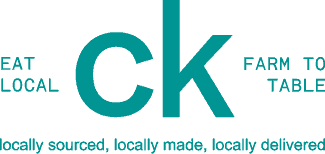
Nobody said starting, or owning, a business would be easy.
Here are a few tips for some of the most common mistakes. No company is immune from the consequences of mistakes, poor planning, or bad luck – no matter how big or successful.
There are four potential pitfalls your small business could face – cash flow troubles, administrative overload, cyber insecurity, and a poorly done website (or no website at all).
Here, we will delve into number one – cash flow troubles … stay tuned as we explore the remaining three in later posts soon to come.
Cash Flow Troubles
Cash flow is one of the most important aspects of a successful startup business or any business for that matter. Let me say that another way… CASH FLOW IS KING. Eighty-two percent of all small businesses fail because of poor cash flow management skills. Late customer payments, seasonal fluctuations, emergency expenses, rising costs and a number of other factors can create a cash crunch that threatens your company’s ability to survive and grow.
What can you do?
Start by understanding and analyzing your cash flow statement, which can show you when and where money flows in and out of your business, and helps you forecast cash flow hazards – allowing you to plan accordingly. Cash flow tools can also help you better manage your business.
If you are short on cash, your nosiness may have to cut costs, borrow, generate more income, or do some negotiating. Beyond putting money aside during your more prosperous months, explore what costs you can reasonably trim without hampering operations, and find creative, budget-conscious way to market your services or goods.
The SBA suggests bartering, expanding sales to current customers, reducing inventory, using free communication tools like Skype, and reworking arrangements so you receive compensation sooner and defer payments to vendors when available. You may also consider offering clients a discount for speedy payments.
Moving to less expensive digs or seeking better rental terms could leave you with more cash as well. And if you haven’t raised prices in awhile, it might be time to do so.
While you don’t want a debt overload, a modest business loan, credit line, zero-interest credit card, or other types of borrowing can help you through temporary cash flow problems. Cash flow loans are one option, but beware of high interest rates and other possible downsides. Other possibilities include accounts-receivable and inventory-based loans. If you’re considering credit, weigh the pros and cons and read the fine print. And treat this as a last resort.








Leave A Comment